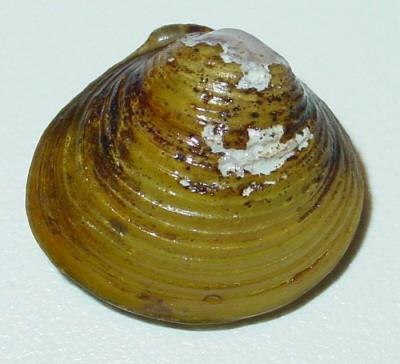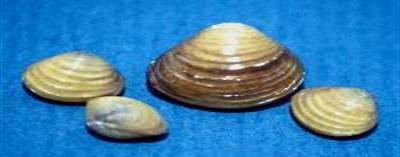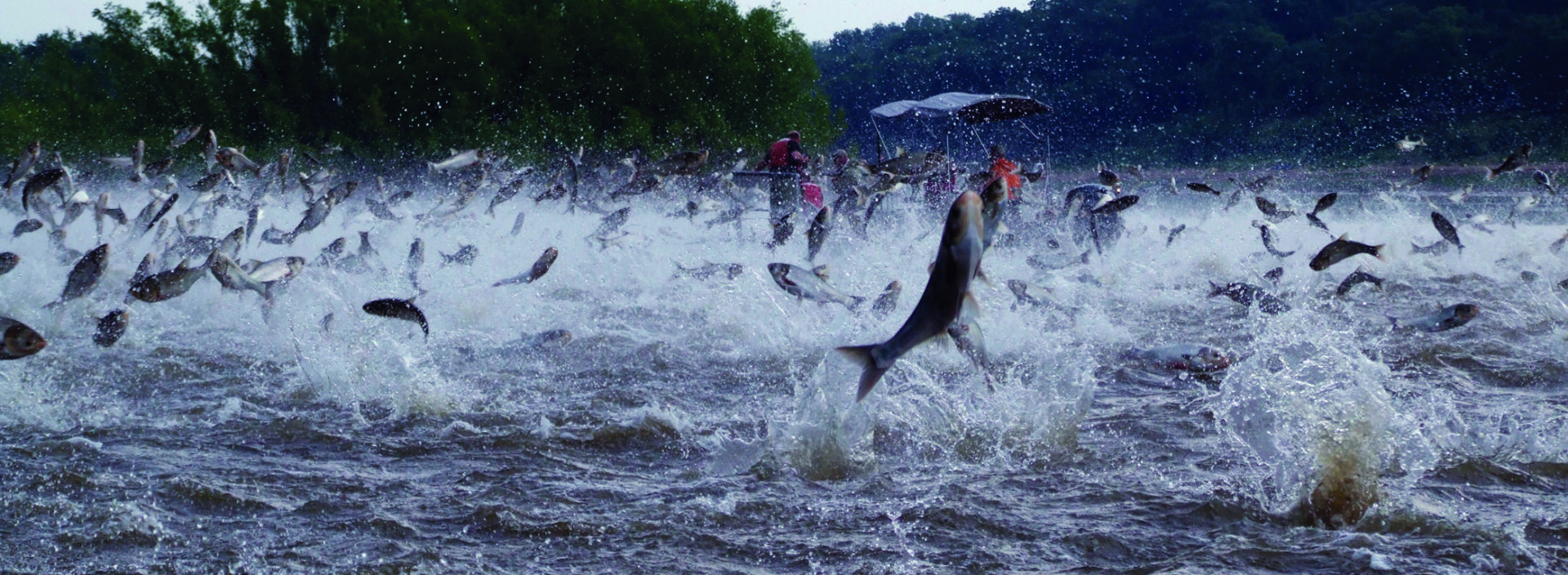[su_row] [su_column size=”1/2″ center=”no” class=””] [/su_column] [su_column size=”1/2″ center=”no” class=””]
[/su_column] [su_column size=”1/2″ center=”no” class=””] [/su_column] [/su_row]
[/su_column] [/su_row]
Where did the Asiatic clam come from?
- The Asiatic clam is native to Southeast Asia.
- It is also indigenous to parts of central and eastern Australia, Africa and the Mediterranean.
- It was first discovered in the United States in 1938, and it had found its way into most of the Mississippi River Basin by the 1970s.
What does the Asiatic clam look like?
- It is 1-2 inches long.
- It has a yellowish to blackish-brown thick, triangular shell with heavy, distinct, evenly spaced growth rings.
What habitat does it prefer?
- The Asiatic clam lives in brackish to freshwater rivers, lakes, streams, canals and reservoirs.
- It lies on or slightly buried in silt, sand or gravel-bottomed areas.
- It prefers moving water with high oxygen levels and has no tolerance for polluted or near-freezing water.
Why is it a problem?
- The Asiatic clam is capable of self-fertilization and one clam can lay up to 70,000 eggs a year.
- Because they are so prolific they compete with native species for food and space.
- Asiatic clams can cause major biofouling in power plants, water treatment systems and pipes.
How does the Asiatic clam spread?
- The Asiatic clam can be spread by human transport.
- They have been known to be sold for use in aquaria.
- Asiatic clams also are spread through water currents.
- On intake pipes, chemicals can be used that will kill the larva. If these chemicals were used in an open lake they would also affect fish and native mussels.
- The spread of Asiatic clams can be prevented by draining all of the water from boats, live wells and bait wells.
- Thoroughly inspect your boat’s hull and trailer for any Asiatic clam and weeds.
- Never take fish or plants from one lake and put them in another..


